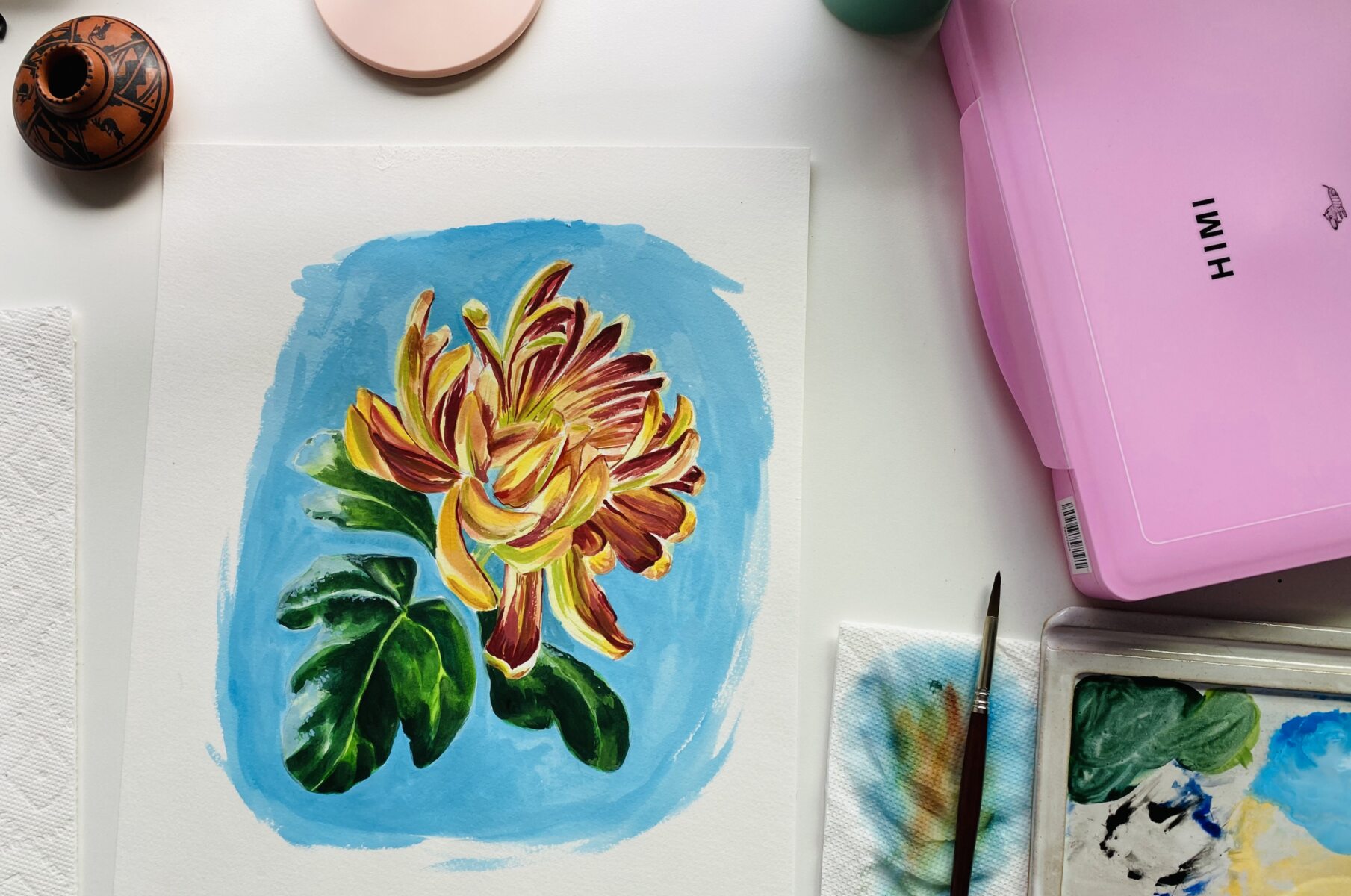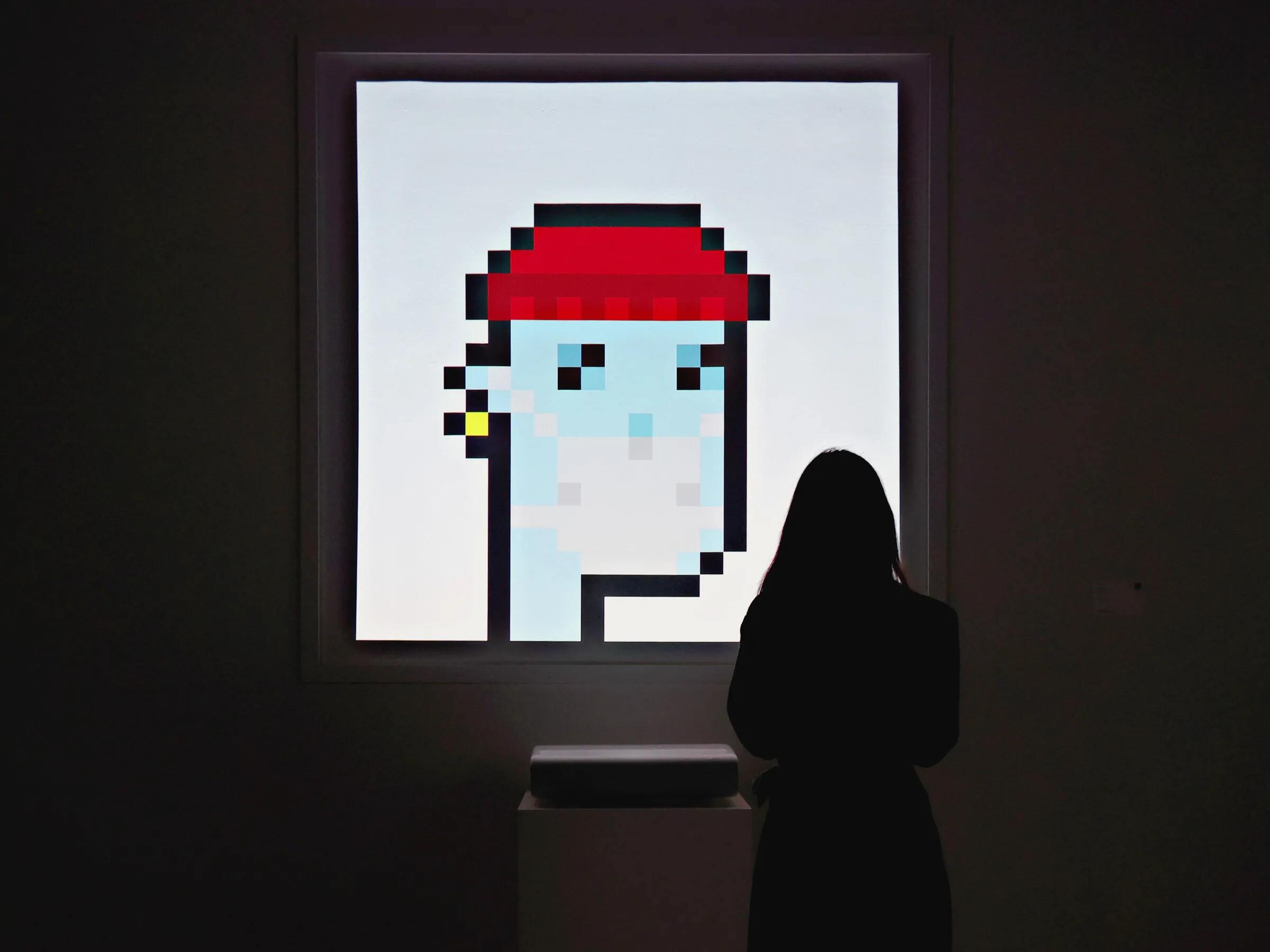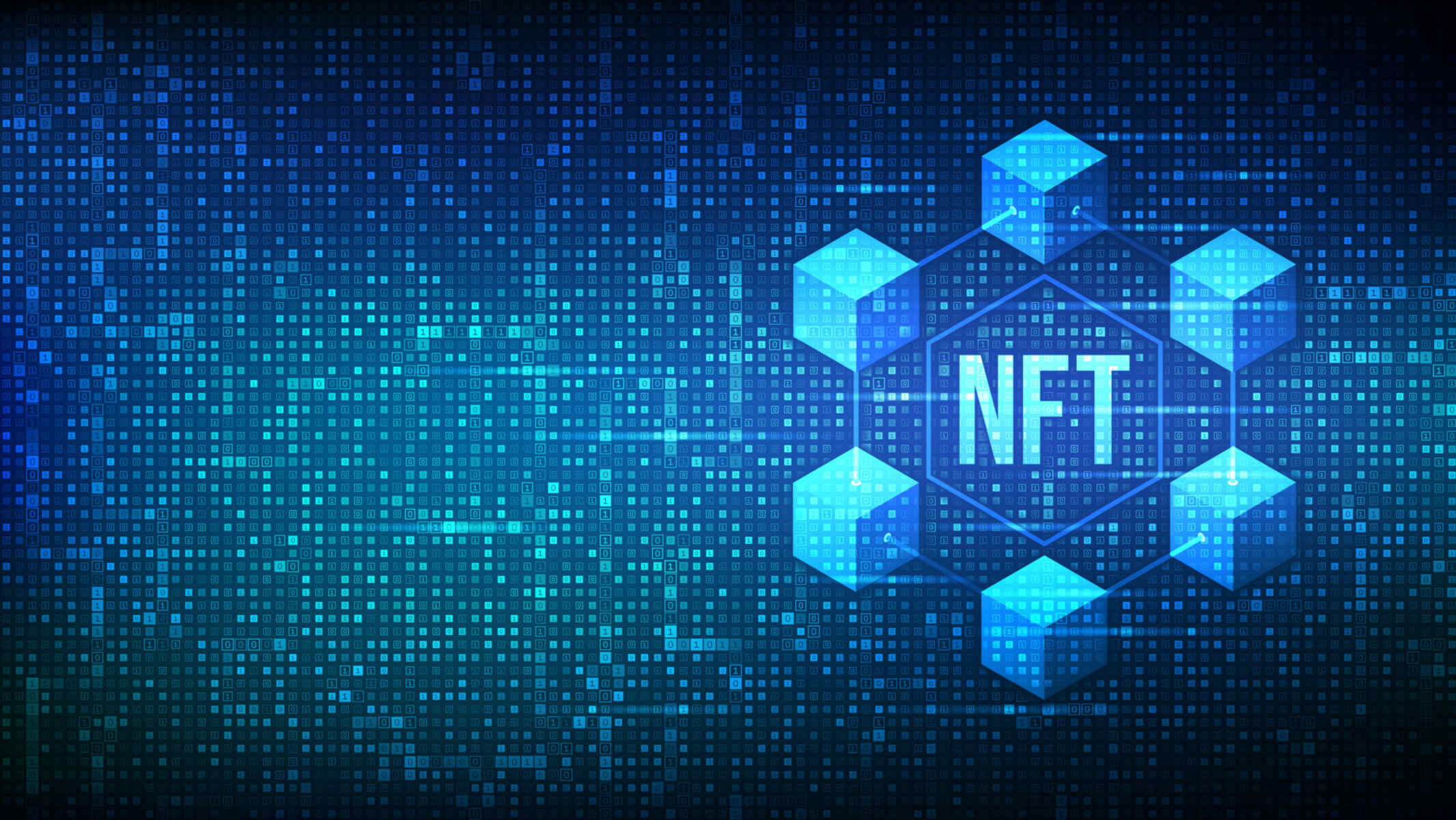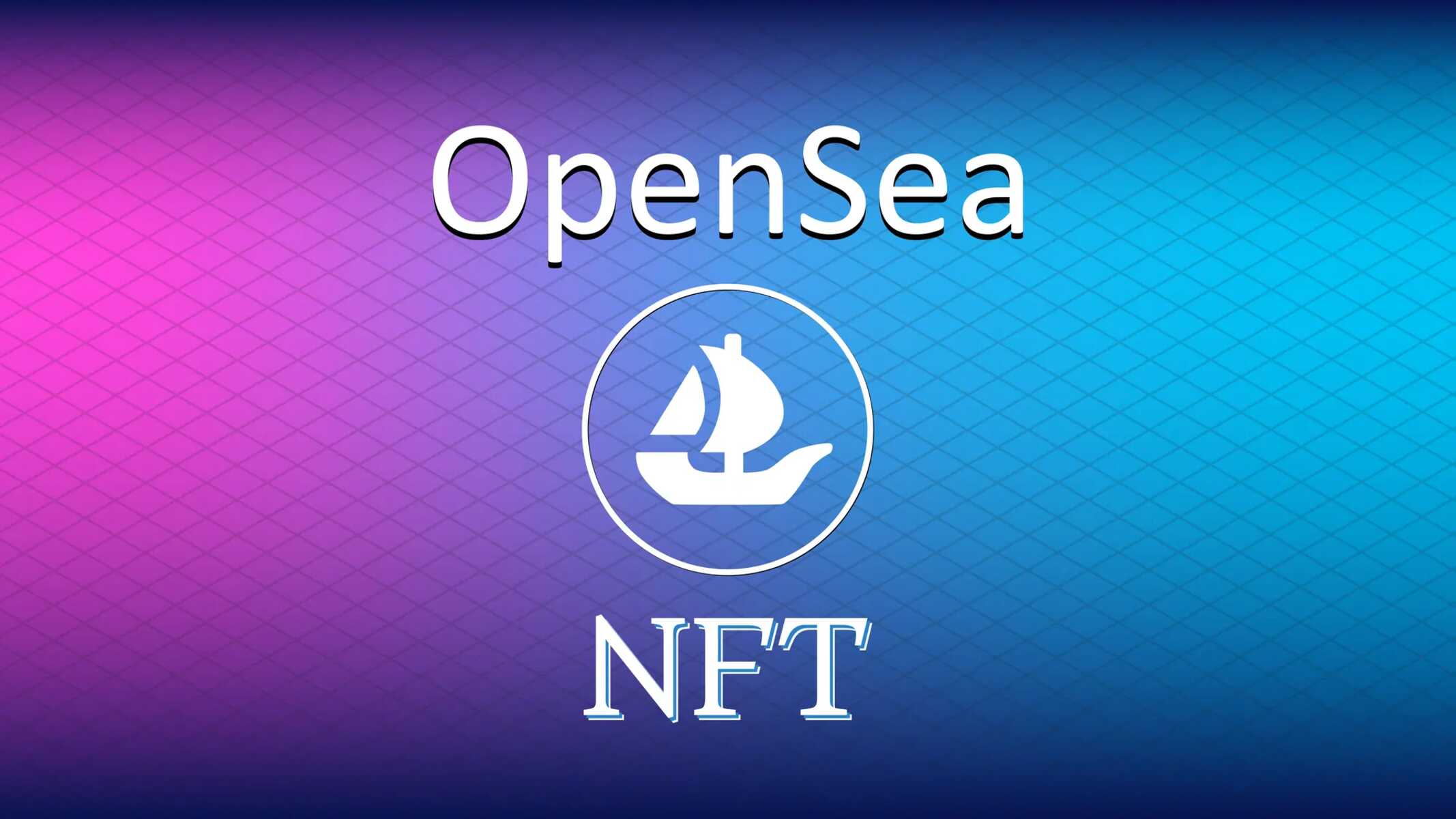Introduction
As the world of digital art continues to evolve, non-fungible tokens (NFTs) have become a buzzword in the art and technology communities. NFTs are unique digital assets that are stored on a blockchain, providing proof of ownership and authenticity. While the majority of NFTs have been minted on the Ethereum blockchain, there is a growing interest in exploring other blockchain platforms that offer scalability and sustainability.
One such platform is Cardano, a third-generation blockchain that aims to revolutionize the way digital assets are created and traded. Cardano’s innovative approach leverages scientific research and peer-reviewed technology to provide a secure and sustainable infrastructure for NFTs.
In this article, we will explore the process of minting an NFT on Cardano, from setting up your wallet to verifying and viewing your newly minted artwork. Whether you’re an artist looking to showcase your work or an investor interested in collecting digital assets, understanding how to mint an NFT on Cardano will open up new opportunities in the ever-growing NFT market.
Before we dive into the technical aspects, let’s first gain a better understanding of NFTs and get a brief overview of Cardano’s capabilities.
Understanding NFTs
In order to grasp the concept of minting NFTs on Cardano, it’s important to have a solid understanding of what NFTs are and how they differ from traditional digital assets.
NFTs, or non-fungible tokens, are unique digital assets that can represent ownership of a specific item or piece of content. Unlike cryptocurrencies such as Bitcoin or Ethereum, which are fungible and can be exchanged on a one-to-one basis, NFTs have distinct properties that set them apart. Each NFT contains metadata that defines its characteristics, such as the title, description, and even the artwork or media file it represents.
One of the key features of NFTs is their ability to provide proof of authenticity and ownership. By utilizing blockchain technology, NFTs are secured on a decentralized network, making it virtually impossible to counterfeit or tamper with. This enables artists and creators to sell their digital assets with confidence, as each NFT can be traced back to its original creator and verified as an authentic piece of work.
The value of NFTs is derived from their scarcity and uniqueness. Unlike traditional digital files that can be easily duplicated, NFTs have a limited supply, making them highly collectible. This scarcity, combined with the demand and perceived value of the artwork or content, drives the market for NFTs.
In recent years, NFTs have gained significant traction in various industries, including art, music, gaming, and even virtual real estate. Artists and creators are now able to monetize their digital creations in ways that were previously unimaginable, and collectors have the opportunity to own and trade unique digital assets.
Now that we have a better understanding of what NFTs are and their value, let’s take a closer look at Cardano and how it provides a scalable and sustainable platform for minting NFTs.
Overview of Cardano
Cardano is a blockchain platform that was created with a focus on scalability, sustainability, and strong security measures. It was founded by Charles Hoskinson, one of the co-founders of Ethereum, and has quickly gained recognition in the blockchain community for its unique approach and innovative features.
One of the key differentiators of Cardano is its commitment to scientific research and peer-reviewed technology. The development of the platform is guided by rigorous academic principles, ensuring that every aspect of Cardano’s design is backed by empirical evidence and subject to thorough scrutiny.
Cardano operates using a dual-layered architecture, consisting of the Cardano Settlement Layer (CSL) and the Cardano Computation Layer (CCL). The CSL handles the accounting and settlement of transactions, while the CCL is responsible for executing smart contracts and decentralized applications (DApps).
What sets Cardano apart from other blockchain platforms is its use of a proof-of-stake consensus algorithm called Ouroboros. This algorithm allows users to participate in the network’s consensus mechanism by staking their ADA (Cardano’s native cryptocurrency). ADA holders who stake their coins have the opportunity to earn rewards and actively participate in the network’s governance process, making Cardano a truly decentralized and community-driven platform.
Cardano’s focus on scalability and sustainability is achieved through the use of a layered blockchain architecture and a unique mechanism called “hydra heads.” By dividing the blockchain into smaller, parallelized chains, Cardano can process a higher number of transactions per second, thus increasing its scalability. Additionally, the platform is designed to be energy-efficient, mitigating the environmental impact typically associated with blockchain networks.
With its strong emphasis on security, scalability, sustainability, and scientific research, Cardano has positioned itself as a promising blockchain platform for various use cases, including the minting and trading of NFTs.
Now that we have an overview of Cardano’s capabilities, let’s move on to the practical steps of minting an NFT on the Cardano blockchain.
Setting Up Your Wallet
Before you can begin minting NFTs on Cardano, you will need to set up a compatible wallet that supports the Cardano blockchain. There are several options available, including both desktop and mobile wallets. Here is a step-by-step guide to setting up your Cardano wallet:
- Choose a Wallet: Research and select a wallet that is compatible with the Cardano blockchain. Some popular options include Daedalus, Yoroi, and Adalite.
- Download and Install: Visit the official website of the chosen wallet and download the appropriate version for your operating system. Follow the installation instructions provided.
- Create a New Wallet: Open the wallet application and click on the option to create a new wallet. Set a strong password and make sure to store it securely.
- Write Down the Recovery Phrase: During the wallet creation process, you will be presented with a recovery phrase, also known as a seed phrase. Write down this phrase and keep it in a safe place. This recovery phrase is essential for restoring access to your wallet in case of loss or device failure.
- Verify and Confirm: After writing down the recovery phrase, the wallet application will ask you to verify the words in the correct order. This is done to ensure that you have correctly recorded the recovery phrase. Follow the instructions and confirm the verification.
- Set Up a Wallet Password: In addition to the initial wallet password, you will have the option to set up an additional password for making transactions. This provides an extra layer of security. Follow the prompts to set up your transaction password.
- Wallet Synchronization: Once your wallet is set up, it will need to synchronize with the Cardano blockchain. This process may take some time, especially if it is your first synchronization. Make sure you have a stable internet connection and be patient.
- Fund Your Wallet: After synchronization, you can now fund your wallet with ADA, the native cryptocurrency of Cardano. Obtain ADA from a cryptocurrency exchange and transfer it to your Cardano wallet address. Ensure that you are sending ADA to the correct address associated with your wallet.
Once your wallet is set up and funded, you are now ready to start the process of minting your first NFT on Cardano. The next step involves creating your NFT artwork, which we will explore in the following section.
Creating Your NFT Artwork
Creating a stunning and unique piece of artwork is a crucial step in the process of minting an NFT on Cardano. Whether you’re a professional artist or just starting out, here are some key considerations to keep in mind:
1. Choose your medium: Decide on the medium you want to use for your artwork. It could be digital illustrations, paintings, photographs, or even 3D sculptures. The digital nature of NFTs offers flexibility and endless possibilities.
2. Uniqueness and originality: Aim to create a piece of artwork that stands out from the crowd. The NFT market is saturated with various artworks, so strive for originality and uniqueness to make your creation more desirable.
3. Quality and resolution: Ensure that your artwork is of high quality and resolution. High-resolution images or videos will enhance the visual experience for potential collectors and add value to your NFT.
4. Consider the theme and concept: Develop a concept or theme for your artwork. This will give your NFT a cohesive and intriguing narrative that can resonate with viewers and collectors.
5. Experiment with different styles: Don’t be afraid to experiment with different artistic styles. Play around with colors, textures, and techniques to find a style that suits your vision and showcases your creativity.
6. Add your signature or logo: Include your signature or logo in your artwork. This adds a personal touch and helps in establishing your brand as an artist.
7. Protect your artwork: As you create your NFT artwork, it’s important to protect it from unauthorized use or plagiarism. Consider adding a subtle watermark or copyright notice to safeguard your creation.
Remember, the quality and uniqueness of your artwork play a significant role in attracting potential buyers and collectors to your NFT. Take your time, explore different ideas, and create something that truly represents your artistic vision.
Once your artwork is ready, the next step is to prepare the metadata for your NFT. We will delve into this process in the following section.
Preparing Your Metadata
As you embark on the journey of minting an NFT on Cardano, it’s essential to understand the importance of metadata. Metadata provides critical information about your NFT, such as the title, description, and other relevant details. It helps potential buyers and collectors to better understand and appreciate your artwork. Here are some key aspects to consider when preparing your metadata:
1. Title: Choose a catchy and descriptive title for your NFT. The title should reflect the essence of your artwork and capture the attention of viewers.
2. Description: Write a compelling description that provides additional context about your artwork. Describe the inspiration behind the piece, the techniques used, or any other relevant details that might interest potential collectors.
3. Edition details: If you plan to create multiple editions of your NFT, specify the edition number and any variations or limited editions. This adds exclusivity and scarcity to your artwork.
4. Tags and keywords: Utilize relevant tags and keywords that accurately represent your artwork. These tags will help potential buyers discover your NFT when they search for specific themes or styles.
5. Artist information: Include information about yourself as the artist. This can include your name, biography, website, or social media handles. Adding your artist information builds trust and credibility with potential buyers.
6. Licensing and rights: Specify the licensing and usage rights associated with your NFT. Determine whether you want to retain all rights or allow specific usage rights, such as commercial use, derivative works, or reselling.
7. Authenticity verification: Provide details on how your artwork can be verified as authentic. This could involve sharing information about unique characteristics, a certificate of authenticity, or other measures to ensure the legitimacy of your NFT.
Remember to keep the metadata concise, informative, and engaging. It should enhance the overall experience of your NFT and provide potential buyers with valuable information about your artwork.
With your metadata prepared, the next step is to upload your artwork and metadata to IPFS (InterPlanetary File System), which we will explore in the upcoming section.
Uploading Your Artwork and Metadata to IPFS
Now that you have your artwork and metadata ready, the next step in minting an NFT on Cardano is to upload your files to IPFS (InterPlanetary File System). IPFS is a decentralized file storage system that allows you to store and retrieve files using a unique content addressing system. Here’s how you can upload your artwork and metadata to IPFS:
1. Set Up IPFS: Before you can upload your files, you’ll need to set up an IPFS node. There are several IPFS implementations available, such as the official IPFS desktop application or running a node through the command line. Choose the option that suits your needs and follow the installation instructions.
2. Prepare Your Files: Gather your artwork file, typically an image or video, and your metadata file. Make sure your artwork is in a supported format, such as JPG, PNG, or MP4, and your metadata is in a compatible format, such as JSON. It’s recommended to compress your files to reduce their size and optimize their upload speed.
3. Add Files to IPFS: Once your IPFS node is successfully running, use the IPFS command line or the IPFS desktop application to add your files. Simply navigate to the directory where your files are located and use the command or upload feature provided by the IPFS software to add your artwork and metadata to the IPFS network. This process will generate a unique content identifier known as a CID (Content Identifier).
4. Verify File Uploading: After the upload process is complete, verify that your files have been successfully added to IPFS by accessing them through the CID. Open your web browser and enter the IPFS gateway URL followed by the CID of your artwork or metadata. If you can view and access your files successfully, it means they have been uploaded and stored on the IPFS network.
By uploading your artwork and metadata to IPFS, you ensure that they remain decentralized, immutable, and accessible for future reference. The IPFS CID of your files will serve as a permanent link to your artwork and metadata on the Cardano blockchain.
In the next section, we will explore how to retrieve the hash of your artwork file, an important step before minting your NFT on Cardano.
Getting Your Artwork Hash
Before you can mint your NFT on Cardano, you’ll need to obtain the hash of your artwork file. The hash is a unique identifier generated by a cryptographic algorithm that represents the contents of your file. Here’s how you can get the hash of your artwork:
1. Open Terminal or Command Prompt: Launch the terminal or command prompt on your computer. Ensure you have the IPFS software installed and running.
2. Navigate to Your Artwork Directory: Use the terminal or command prompt to navigate to the directory where your artwork file is located. You can use the “cd” command followed by the file path to change your current directory.
3. Retrieve the Hash: Once you’ve navigated to your artwork directory, use the IPFS command-line interface to retrieve the hash. Enter the command “ipfs add [artwork file name]” to add your artwork file to IPFS and get its hash. The hash will be displayed in the terminal or command prompt.
4. Record the Artwork Hash: Note down the artwork hash for future reference. This hash represents the unique identifier of your artwork file on the IPFS network and will be used when minting your NFT on Cardano.
It’s important to keep the artwork hash safe and easily accessible as you’ll need it in the next steps of the minting process. The hash ensures that your NFT is linked to the correct artwork file, providing proof of ownership and authenticity on the Cardano blockchain.
Once you have the artwork hash, you’re ready to proceed with the actual minting of your NFT on Cardano, which we will cover in the following section.
Minting Your NFT on Cardano
Now that you have your artwork hash, you’re ready to embark on the exciting process of minting your NFT on the Cardano blockchain. Minting an NFT involves creating a unique token that represents your artwork and establishing ownership on the blockchain. Here’s a step-by-step guide on how to mint your NFT on Cardano:
- Connect Your Cardano Wallet: Open your Cardano wallet application and connect it to a supported Cardano NFT minting platform. There are several platforms available, such as NFT-maker.io, Minswap’s CLI, or CNFT.io. Choose the platform you prefer and follow their instructions for connecting your wallet.
- Upload Your Metadata and Artwork: Use the connected NFT minting platform to upload your metadata file and input the artwork hash you obtained from IPFS. The platform will prompt you to provide the necessary details, such as title, description, and royalty information.
- Set the Royalty Percentage: As the creator of the NFT, you have the opportunity to earn royalties whenever your NFT is sold or traded in the future. Specify the royalty percentage you wish to receive, which is typically a percentage of the sale price.
- Review and Confirm: Double-check all the details you’ve entered, including the artwork hash, metadata, title, description, and royalty percentage. Once you’re satisfied, confirm the minting process. This will initiate the creation of your NFT on the Cardano blockchain.
- Transaction Confirmation: Once the minting process is initiated, it will be recorded on the Cardano blockchain through a series of transactions. Wait for the required confirmations, which may vary depending on network congestion, for your NFT to be officially minted and validated.
- Success! Your NFT is Minted: After the necessary confirmations, your NFT will be successfully minted on the Cardano blockchain. You will receive a unique token ID that represents your NFT.
Congratulations! You have successfully minted your NFT on the Cardano blockchain. Your NFT is now ready to be bought, sold, and traded in the growing marketplace of digital art and collectibles.
Remember to share the news of your newly minted NFT on social media platforms and dedicated NFT marketplaces to gain visibility and attract potential buyers and collectors. With the power and security of the Cardano blockchain, you can confidently showcase your artwork and participate in the thriving NFT ecosystem.
In the next section, we will explore how to verify and view your minted NFT, ensuring its authenticity and accessibility to collectors and enthusiasts.
Verifying and Viewing Your NFT
Once your NFT is successfully minted on the Cardano blockchain, it’s important to verify its authenticity and ensure its accessibility for potential buyers and collectors. Here are the steps to verify and view your minted NFT:
1. Obtain the Token ID: Take note of the unique token ID assigned to your NFT during the minting process. This ID serves as the identifier for your NFT on the blockchain.
2. Visit the NFT Explorer: Explore the Cardano blockchain’s NFT explorers, such as CNFT.io or Cardanoscan, to view and verify your NFT. Simply enter your NFT’s token ID in the search bar provided on these platforms.
3. Verify the Metadata: Once you find your NFT using the token ID, examine the metadata associated with it. Verify that the title, description, artwork hash, and other details match the information you provided during the minting process. This ensures the authenticity and accuracy of your NFT.
4. Share the NFT’s URL: Share the URL of your NFT on social media or in online marketplaces to make it accessible to potential buyers and collectors. The URL will typically lead directly to your NFT’s page on the NFT explorer, showcasing the artwork, metadata, and transaction history.
5. Showcase Your NFT: Take advantage of various NFT marketplaces and platforms that support Cardano to showcase and sell your NFT. Create an engaging listing with high-quality images, a captivating description, and appropriate pricing to attract potential buyers.
6. Engage with the Community: Participate in the Cardano and NFT communities, engage with other artists, collectors, and enthusiasts. Networking and promoting your NFT among like-minded individuals can help gain exposure and broaden your audience.
Verifying and viewing your NFT is crucial to establishing its authenticity and guiding potential buyers and collectors to the correct representation of your artwork on the blockchain. By ensuring accessibility and transparency, you enhance trust and confidence in your NFT, increasing its desirability in the marketplace.
Remember to keep your NFT and associated metadata safe and backed up in secure locations. Regularly check your NFT’s listing and engage with the community to stay updated on the latest trends and opportunities in the dynamic world of NFTs.
With your minted and verified NFT, you’ve joined a vibrant ecosystem of digital art where creativity and innovation flourish. Enjoy the journey and make the most of the opportunities that arise!
Conclusion
Congratulations on completing the journey of minting an NFT on the Cardano blockchain! You’ve learned about NFTs, explored the capabilities of Cardano, set up your wallet, created stunning artwork, prepared metadata, uploaded files to IPFS, obtained the artwork hash, and successfully minted your NFT.
By embracing the world of NFTs on Cardano, you’ve tapped into a rapidly growing market that combines art, technology, and blockchain innovation. You now have a unique digital asset that represents your artistic creation and is securely stored on the decentralized Cardano blockchain.
Remember to continue engaging with the NFT community, showcasing your artwork in online marketplaces, and exploring opportunities to further monetize your NFTs. Stay up-to-date with Cardano’s advancements and upcoming features that can enhance your NFT experience.
As you mint more NFTs on Cardano, don’t forget the importance of originality, quality, and setting a fair royalty percentage. These factors contribute to the value and desirability of your NFTs among collectors.
Lastly, keep exploring the dynamic landscape of NFTs, stay abreast of industry trends, and adapt your artistic practice to capture the attention and interest of potential buyers. The NFT market is constantly evolving, presenting new opportunities for artists and creators.
With your newfound knowledge and skills in minting NFTs on Cardano, you have the tools to embark on an exciting journey as a digital artist. The power of blockchain and the accessibility of Cardano provide an avenue for you to showcase your artistic vision, engage with a global audience, and potentially redefine the art world.
Now, it’s time to share your minted NFT with the world, make your mark in the NFT marketplace, and embrace the possibilities and opportunities that lie ahead!

























